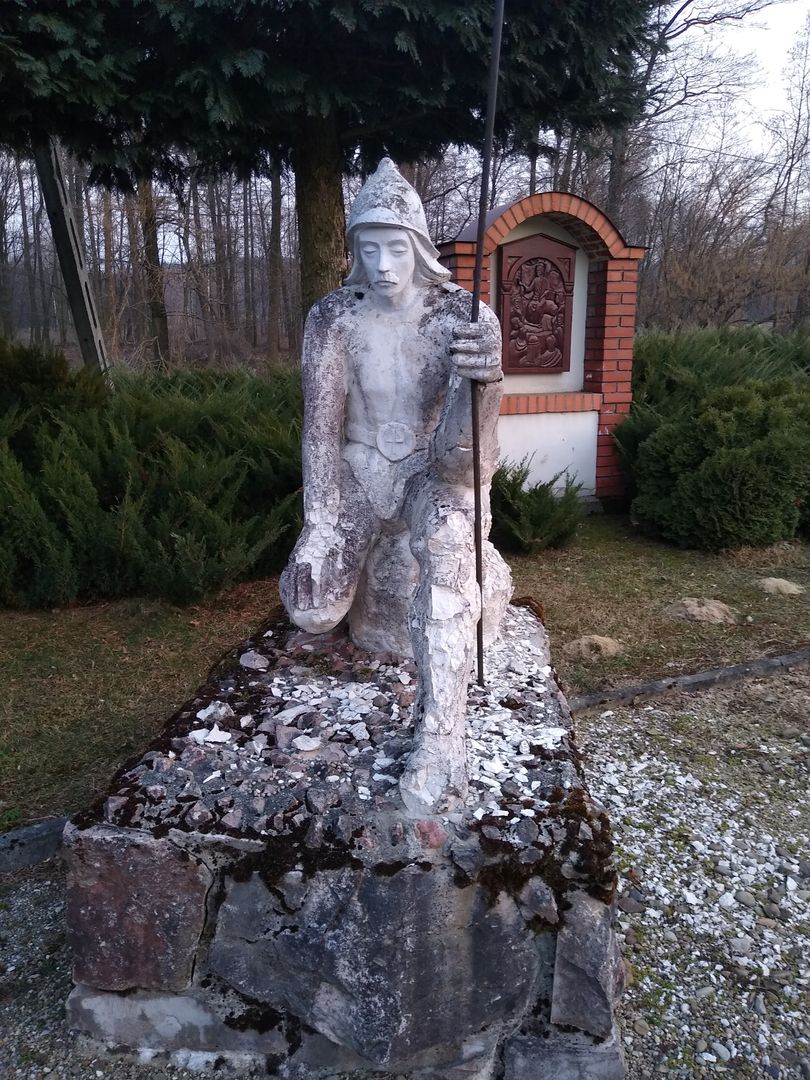Ostrowy Tuszowskie
6.48

Overview
Ostrowy Tuszowskie is a village in the Podkarpackie Voivodeship, located in Kolbuszowa County, known for its rich history dating back to 1538, when it was first mentioned as Sława Góra. From 1566, there is information about its re-establishment as a royal village. In the 19th century, the village was under Austrian administration, and in 1783, a German colony was established nearby, which disappeared after World War I. Ostrowy Tuszowskie was completely evacuated in 1941 as part of the expansion of the Dęba military training ground. An interesting architectural aspect is the wooden Church of the Assumption of the Blessed Virgin Mary, built between 1900 and 1902, which features a Neo-Gothic style. The church houses the miraculous image of the Madonna of the Wilderness, considered a royal gift. The parish, established in 1574, has attracted pilgrims for centuries. The village also has a vibrant cultural life—it is home to an eight-grade school and the Sandomierz Forest Center for Environmental Education. Ostrowy Tuszowskie offers the nature and culture trail "Po złoto na górę" (For Gold to the Mountain), which is gaining popularity among tourists. Additionally, the village has a football club, "KS Florian Ostrowy Tuszowskie," founded in 1999. Several notable figures were born here, including Wojciech Lis—a partisan commander during World War II—and Father Emil Rzeszutek. It is also worth noting the preserved tradition of prayer and pilgrimages to the Sanctuary of Our Lady of Ostrowy, reflecting the deep connection of the inhabitants with their spirituality and history.
Location
2025 Wizytor | All Rights Reserved